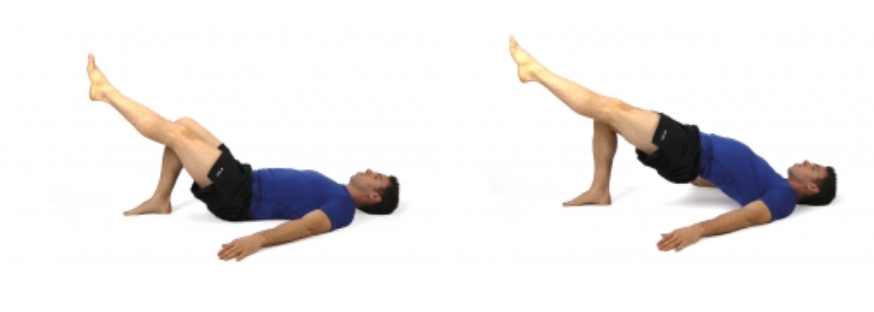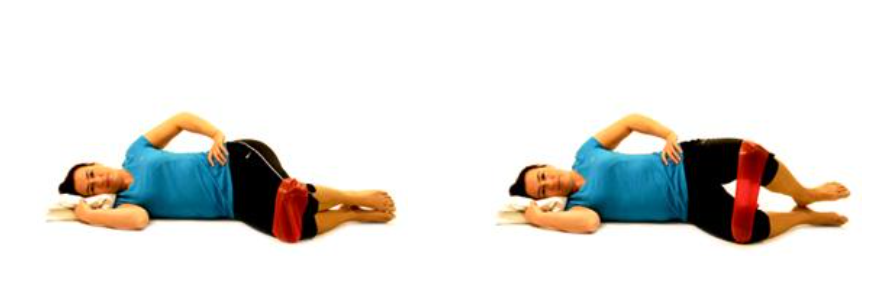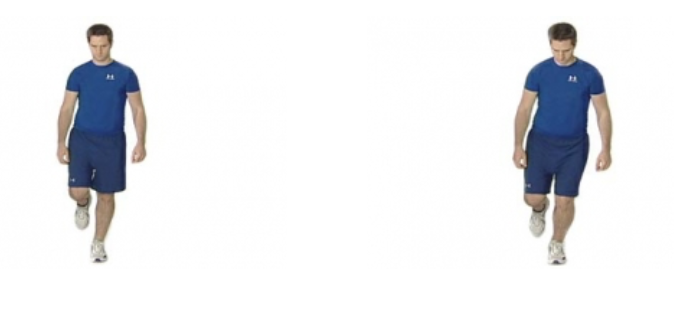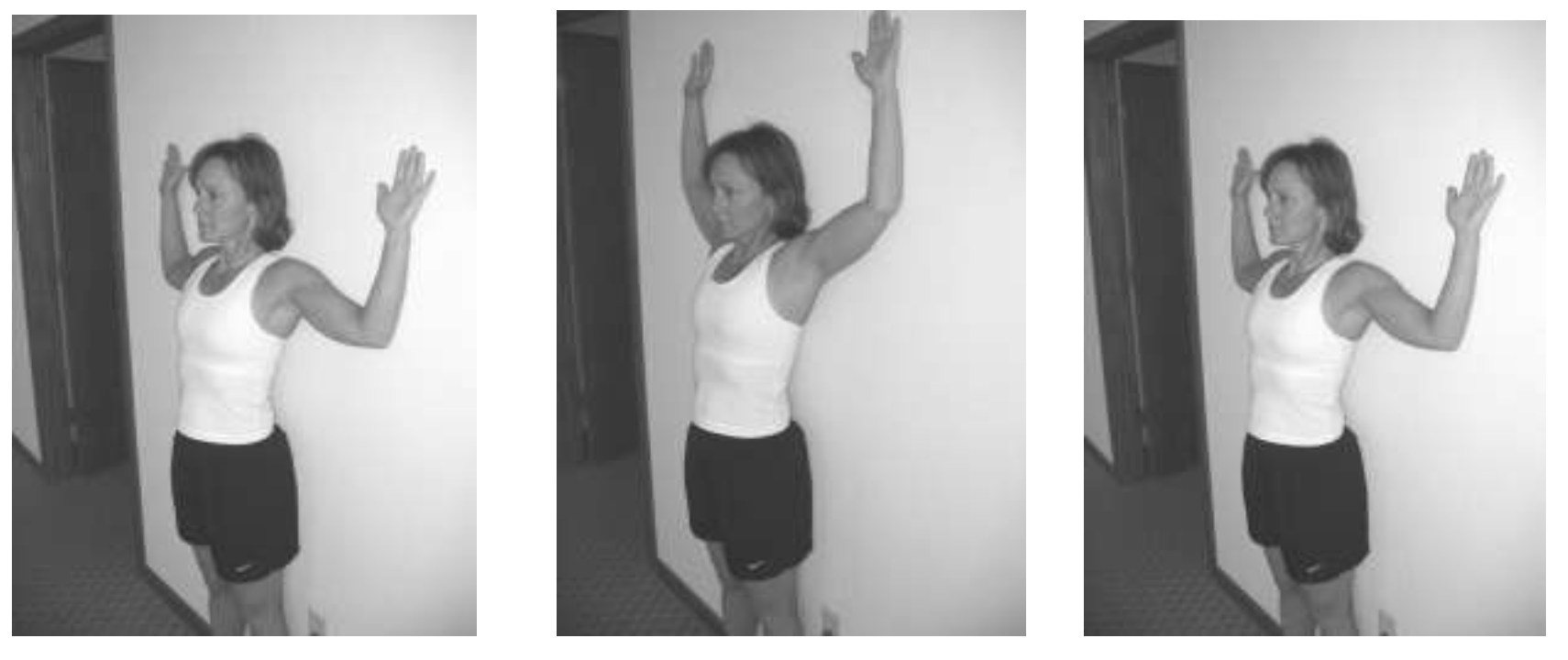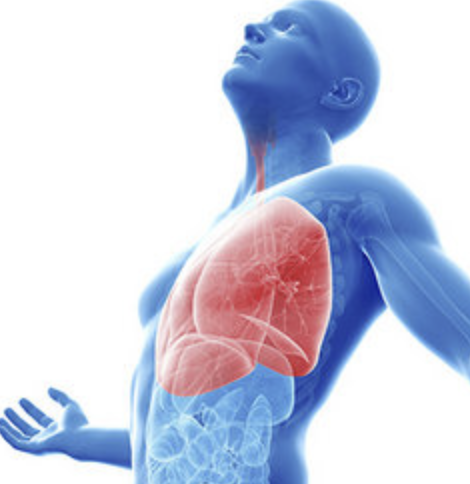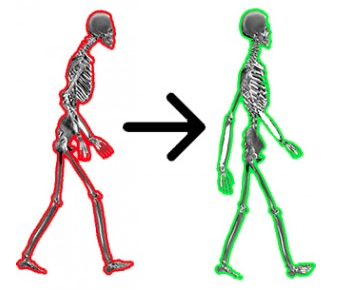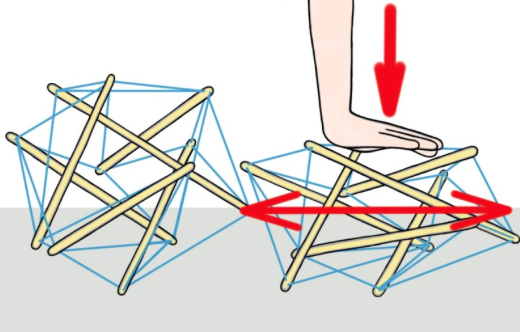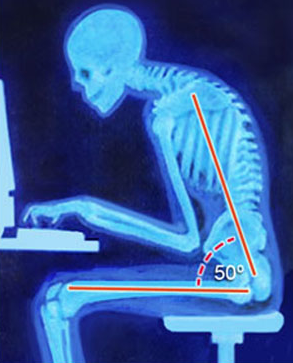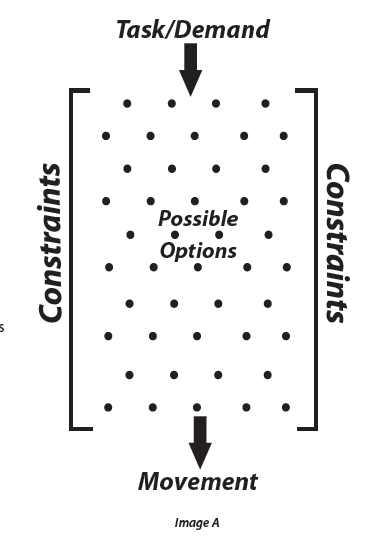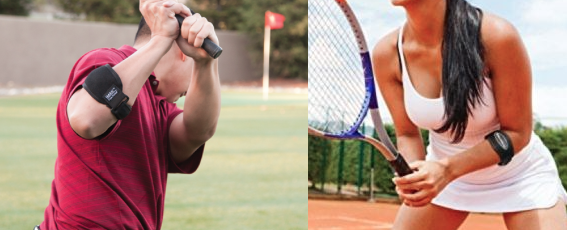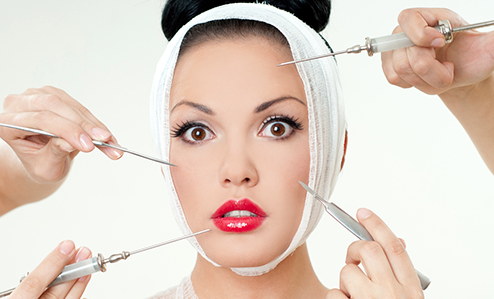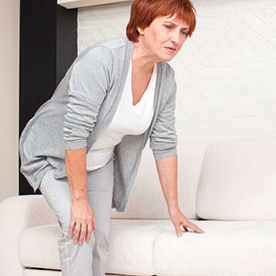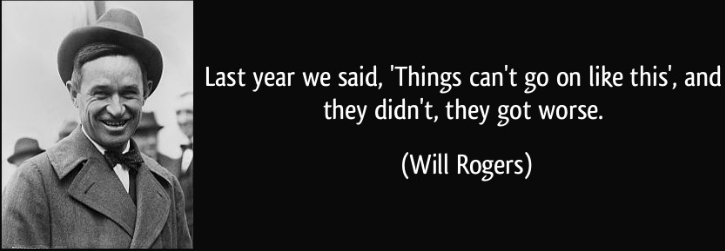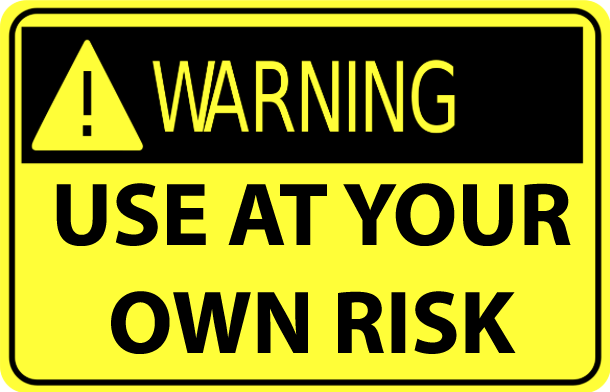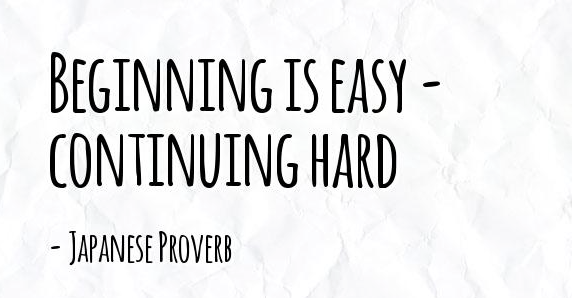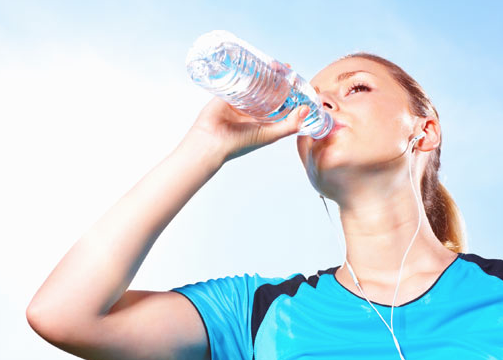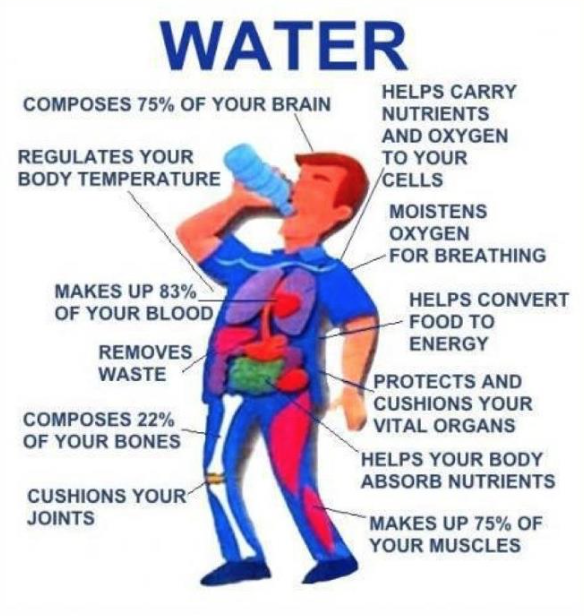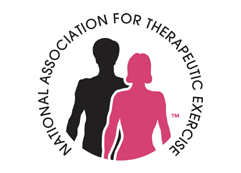200 years from now, people are going to look back and say; “Can you believe what people used to do when computers first came out? They’d sit hunched forward over their desks for 8-10 hours a day! Didn’t they realize what they were doing to their bodies?” They’ll probably even comment about how people used to text on their phones and iPads too.

Did you know that just fifteen minutes reading or typing when using the wrong positions exhausts the muscles of your neck, shoulders and upper back? Often, poor posture develops because of accidents or falls. But bad posture can also develop from environmental factors or bad habits.

In fact, most people have no idea what they are doing to their bodies. We are the computer user “guinea pigs”. We are the first generation of people to use these types of technology. Research is showing an entirely new type of damage to muscles, tendons, and joints from prolonged micro-movements inherent in computer and electronic device use. These issues were unheard of 50 years ago.
What is even scarier is that it’s profound negative health effects are showing up in young children. I’m seeing younger and younger kids in my practice that have neck and back pain. If you think I’m exagerating, just take a look around you next time you are at the mall, restaurant or picking your children up from school and you’ll see them anchored to their electronic devices. Good posture is more important to health than most of us realize.
7 Easy Tips on how you can improve posture at work …
- Sit Properly. When you do, it recreates the natural curve on your lower back.
- Bring arms back into alignment. Don’t’ reach forward!
- Set-up your work station properly. Drop your shoulders!
- Move Your Body and walk around every hour. If you don’t use it, you lose it!
- Give your your eyes a break. Focus on a distant object & don’t forget to blink,
- Hydrate. If you’re thirsty…guess what? You’re already dehydrated!
- Spend time outdoors. Minimum of 3 hours per week.
Our environments have changed, but we as human beings have not. Today’s office and home surroundings continuously “bath” us in un-natural energetic environments. Many people today spend most of their lives indoors, surrounded by electric and magnetic signals-barely setting foot on the earth. We still need nature to function optimally.
There is NO replacement for time spent outdoors. Almost everyone has a place where they can go to absorb nature’s energy. It’s might be a walk around the block or maybe you have to make an effort to get there. Either way, it’s worth it! Experience the earth, walk on the ground and feel the diverse terrain under your feet, breathe in the fresh air and hopefully feel the wind or sun on your face.
Muscles need “force” to stay healthy. Even NASA did a study on how our bodies adapt to the environment around us. Little over a year ago, NASA embarked on experiment and discovered that their astronauts lose on average 1.5 percent of their bone mass per month in space. An identical twin (Scott Kelly) spent a year there and upon his return, Scott had to be carried off via a stretcher because his muscles could handle the weight of his body. Click here for the article:
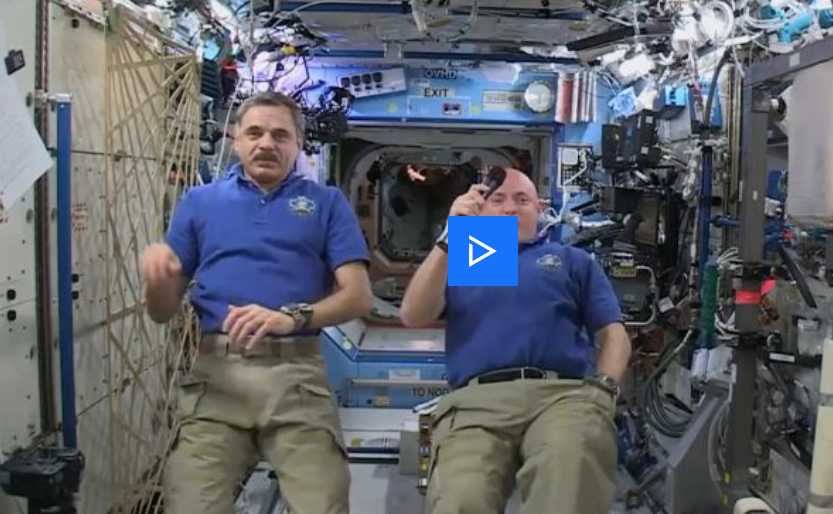
Which inspires me for another blog…Do you think NASA told Scott Kelly to “Suck it up buttercup and go take lap around the building” when he got back from space to get his muscles stronger? I doubt it.
…I think I’m getting up from my desk now and going to go outside and enjoy a little sunshine!
Cheers, D-Rock
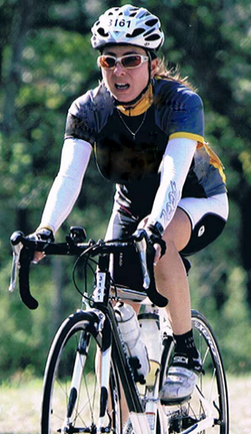
Want to learn more about improving your functional movement and sports performance? Then follow Dianne’s blog: https://dtasmblog.wordpress.com
Dianne Rockefeller is a Licensed Massage Therapist, National Academy of Sports Medicine – Certified Personal Trainer, Certified Orthopedic Manual Therapist, Certified Myoskeletal Therapist, Certified Kinesio Taping Practitioner, Certified Cupping Therapist, and Muscle Activation Techniques Practioner (MAT). She has treated athletes of all levels, from youth to professional, from all sports. She brings a very unique perspective to manual therapy utilizing her experience with motion analysis and sport. Her blend of advanced integrated skills along with practical and rehabilitation experience deliver exceptional results. Dianne is a self-proclaimed scholar of “Applied Performance Manual Therapies”. Contact Dianne at drock@dtasm.com or 210-973-4848.

